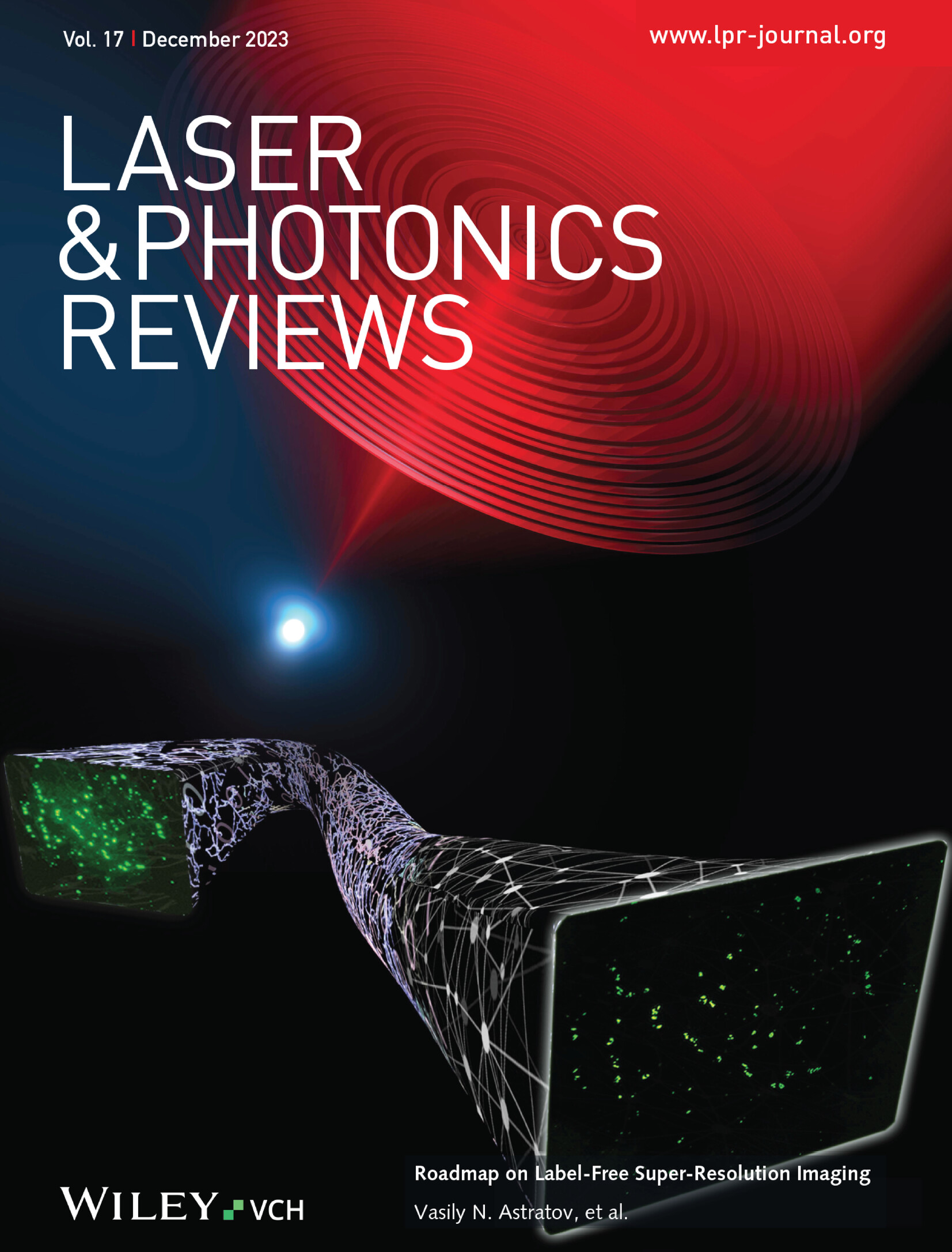Pressure‐Promoted Self‐Trapped Exciton Emission and White‐Light Harvesting in Lead Halide Metal–Organic Frameworks at Ambient Conditions
IF 9.8
1区 物理与天体物理
Q1 OPTICS
引用次数: 0
Abstract
Lead halide metal−organic frameworks (MOFs) possess unique advantages in preparing single‐component white‐light‐emitting (WLE) materials due to their broadband emission based on self‐trapping excitons (STEs). However, in order to obtain high‐quality white light emission, challenges remain in adjusting and optimizing the color temperature and color coordinates of broadband STE emission. Herein, we have achieved tunable color emission and high‐quality white light emission with Commission International de l'Eclairage coordinates of (0.32, 0.38) and color temperature of 5777 K at ambient conditions in TMOF‐8(Cl) through pressure treatment. The irreversible lattice distortion after pressure treatment reduces the distance between [PbCl]求助全文
约1分钟内获得全文
求助全文
来源期刊
CiteScore
14.20
自引率
5.50%
发文量
314
审稿时长
2 months
期刊介绍:
Laser & Photonics Reviews is a reputable journal that publishes high-quality Reviews, original Research Articles, and Perspectives in the field of photonics and optics. It covers both theoretical and experimental aspects, including recent groundbreaking research, specific advancements, and innovative applications.
As evidence of its impact and recognition, Laser & Photonics Reviews boasts a remarkable 2022 Impact Factor of 11.0, according to the Journal Citation Reports from Clarivate Analytics (2023). Moreover, it holds impressive rankings in the InCites Journal Citation Reports: in 2021, it was ranked 6th out of 101 in the field of Optics, 15th out of 161 in Applied Physics, and 12th out of 69 in Condensed Matter Physics.
The journal uses the ISSN numbers 1863-8880 for print and 1863-8899 for online publications.

 求助内容:
求助内容: 应助结果提醒方式:
应助结果提醒方式:


